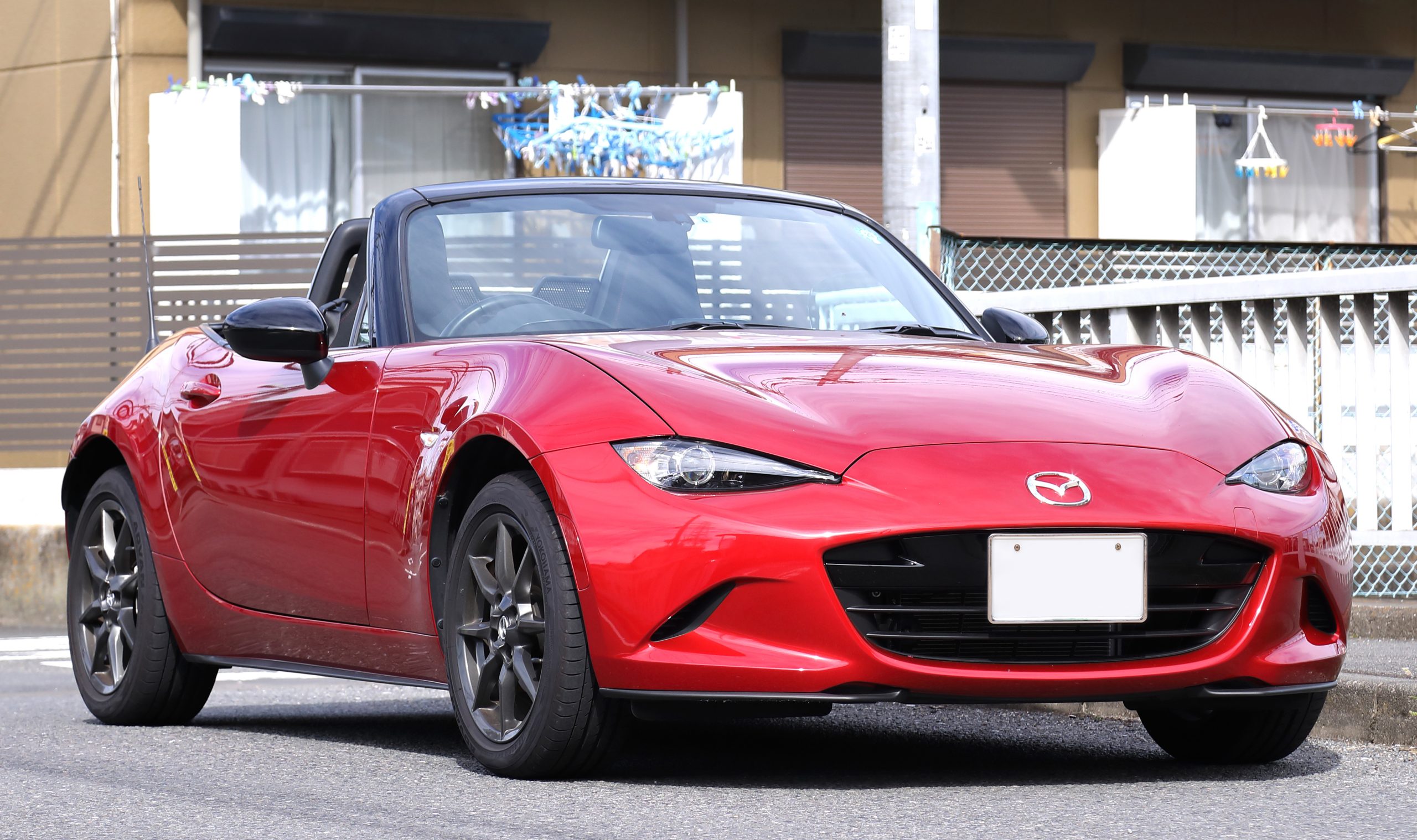Resale value is influenced by far more than just mileage and maintenance history. Geography plays a surprisingly significant role in determining how well a car retains its worth over time.
Certain vehicles perform better in warm-weather states due to their design, drivetrain, or even cultural appeal, while others experience steep value drops when put to the test in snowy, icy climates.
Whether it’s convertibles that shine in sun-soaked regions or rear-wheel-drive sedans that struggle with traction in northern winters, regional demand can make or break a car’s market appeal.
This article explores two distinct groups of vehicles shaped by geography. First, we highlight five models that enjoy stronger resale values in warm states—places like Florida, California, and Texas—where specific body styles, drivetrains, or brand images hold more value.
Then, we flip the lens to examine five cars that tend to lose resale value in snow zones, either because they lack all-wheel drive, underperform in wintry conditions, or suffer from durability concerns when exposed to salt and moisture.
By identifying which vehicles thrive or falter in specific climates, buyers and sellers alike can make smarter choices, especially in a used market where regional preferences can impact thousands of dollars in resale value.
Also Read: 5 Cars That Sound Cheap But Last Forever and 5 That Sound Fancy But Fail
5 Models With Better Resale In Warm States
In warm-weather states like Arizona, Florida, Texas, and California, car buyers tend to gravitate toward vehicles that reflect their climate and lifestyle. This preference impacts used car values in tangible ways.
Vehicles that might struggle to find strong resale pricing in colder regions often perform much better in warm states, sometimes commanding thousands more on the secondary market.
Factors like convertible roofs, two-wheel drive layouts, sportier suspensions, and even luxury branding are viewed through a different lens where snow, ice, and harsh winter conditions aren’t a concern.
In these sun-drenched states, open-top vehicles are more than just fun—they’re practical and desirable nearly year-round.
Lightweight roadsters, sport coupes, and rear-wheel-drive luxury sedans that depreciate rapidly in northern markets often enjoy sustained value where the roads stay dry and the skies are blue.
Even crossovers and SUVs with front-wheel drive, which may be viewed as inadequate for all-weather driving in snow zones, maintain better resale figures in states where snow tires are never a consideration.
This section explores five specific vehicle models whose resale value trends upward in warm regions. These vehicles typically fall into niche categories that offer performance, aesthetic flair, or leisure appeal.
We’ll examine how regional lifestyle preferences, climate conditions, and local buyer demand elevate these models’ market perception, making them more valuable to sell or trade in the sunbelt.
By understanding which models thrive in warmer regions, shoppers can target vehicles that hold their value better when relocated or sold in warm climates.
Likewise, sellers in these markets can confidently list these vehicles knowing that local demand will likely keep depreciation lower than national averages.
1. Mazda MX-5 Miata
The Mazda MX-5 Miata is a poster child for warm-weather resale strength. As one of the most iconic lightweight roadsters ever made, it thrives in markets where sunshine is abundant and snow is a rarity.
While the Miata’s compact size and rear-wheel-drive layout may limit its utility in northern climates, it becomes an ideal daily driver or weekend toy in states like California, Florida, and Arizona.
A major reason the Miata holds value better in warm regions is the convertible top. In snow-prone areas, soft tops can be seen as a liability due to insulation concerns and potential wear from salt, ice, and moisture.
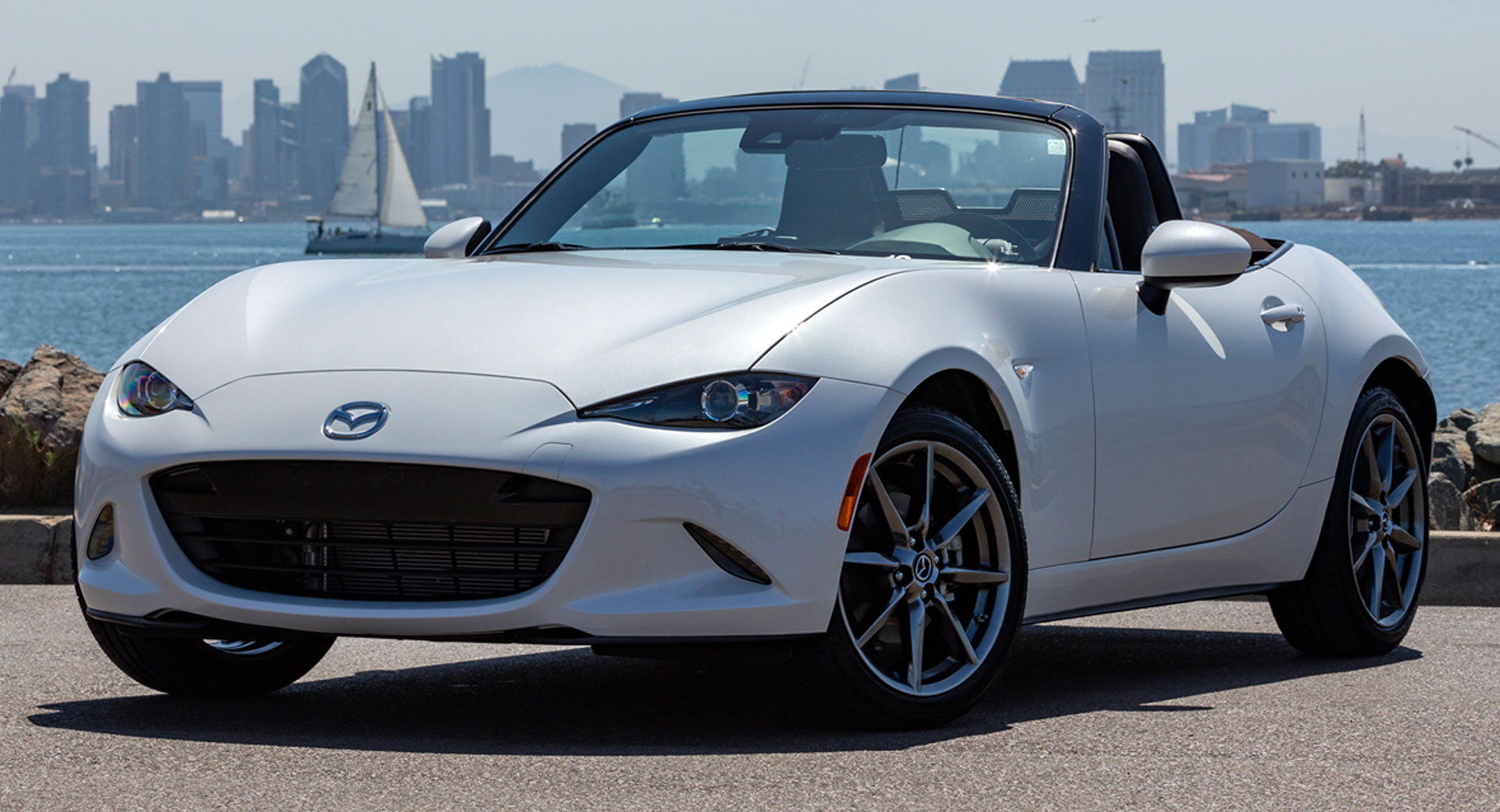
But in sunbelt states, the soft-top design is an asset that enhances the driving experience nearly all year round. Buyers in these areas actively seek convertibles, and the Miata’s fun-to-drive nature makes it especially popular among younger enthusiasts and retirees alike.
Another contributing factor is Mazda’s reputation for reliability and relatively low maintenance costs. The Miata’s 2.0-liter engine is both fuel-efficient and long-lasting, further increasing its appeal in markets where fuel prices remain high and people drive frequently.
In addition, the MX-5’s lightweight chassis and responsive steering make it enjoyable on twisty canyon roads, coastal highways, and suburban routes—environments found throughout the southern U.S.
Resale figures reflect this regional preference. Used Miatas in warm climates consistently fetch higher prices than those in colder states, where winter driving capability is more important than open-air motoring.
Dealers in sunbelt states often pay a premium for used Miatas with low mileage and well-maintained soft tops, knowing they will sell quickly to eager buyers.
In short, the Miata is a car whose form and function align perfectly with warm-weather living, allowing it to command higher resale value where the sun shines bright and often.
2. Chevrolet Corvette
The Chevrolet Corvette, particularly in its C7 and newer C8 generations, holds significantly stronger resale value in warm-weather regions.
As a high-performance, rear-wheel-drive sports car with aggressive styling and a reputation for power, it attracts a specific buyer base—one that’s far more concentrated in sunbelt states like Texas, Florida, and Southern California.
Corvettes are engineered for dry pavement and enthusiastic driving. With wide tires, low ground clearance, and ample horsepower, they aren’t practical for snowy roads or freezing conditions.
In snowbelt states, a Corvette is often garaged for months at a time or forced to compete with all-wheel-drive sports sedans that offer year-round usability. This seasonal limitation weighs down resale value in colder climates.
However, in warm regions, where winter storage isn’t necessary and high-performance vehicles can be driven year-round, the Corvette is not just viable—it’s desirable.
The aggressive exhaust note, potent V8 powertrains, and sleek coupe or convertible bodies make it ideal for coastal cruises, weekend canyon runs, and car shows.
Sun-soaked states tend to have more events and communities centered around performance driving, which further boosts demand.
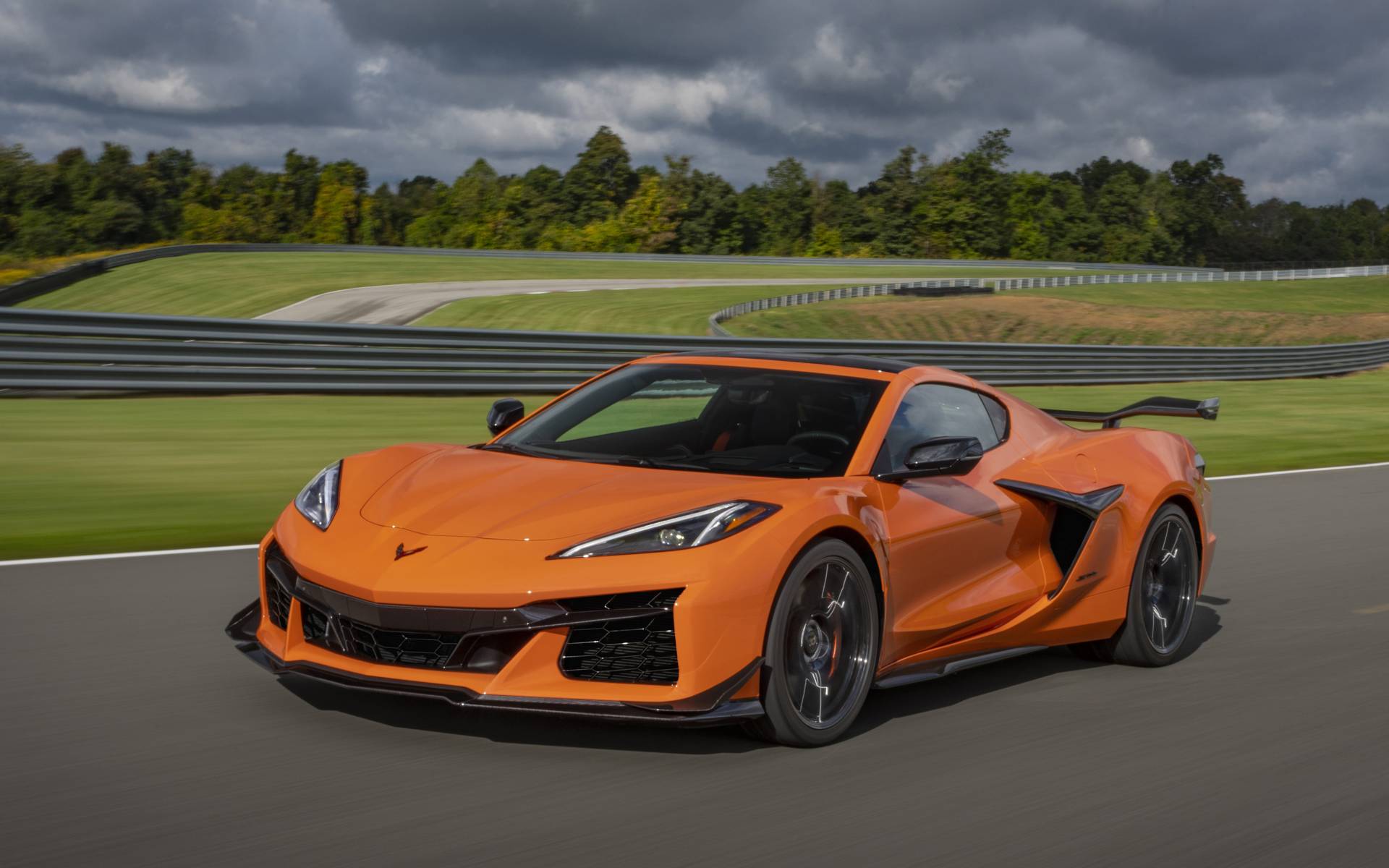
Another key resale driver is brand loyalty. Corvette owners are passionate, and many southern buyers actively search for used models with low mileage and clean service histories.
Well-preserved C7 Grand Sports or early-production C8 Stingrays can command thousands more in warm regions compared to their counterparts in the Midwest or Northeast.
Finally, visual appeal plays a large role. The Corvette’s styling and presence resonate more in areas where automotive culture is performance-driven and image-conscious.
Buyers in Los Angeles or Miami are far more likely to appreciate its visual drama than buyers in cities where winter tires and heated steering wheels matter more.
All of these factors combine to give the Corvette an advantage in warm-weather resale markets. It’s a car that thrives—financially and physically—where the roads are dry and the driving is spirited.
3. Jeep Wrangler
Although the Jeep Wrangler is often praised for its off-road prowess in rugged terrain—including snowy areas—it maintains especially strong resale value in warm-weather states for reasons that go beyond capability.
In places like Arizona, Nevada, and Southern California, the Wrangler’s open-air configuration and lifestyle branding make it a perfect fit for the climate and culture, which translates into sustained used-market demand.
One of the Wrangler’s biggest resale assets in warm states is its convertible-like functionality. The ability to remove the doors and roof gives it a distinct advantage in sunny areas, where outdoor living is a year-round experience.
Buyers in these regions often view the Wrangler less as a utility vehicle and more as a recreational toy that complements hiking, beach trips, and off-grid camping.
In addition, two-door Wranglers and special editions like the Willys or Sahara trims tend to perform well in dry, desert markets where compact size and trail capability are both valued.
These models typically depreciate more slowly than in colder zones, where buyers prioritize ride comfort, heated features, and year-round traction over off-road appeal or top-down freedom.
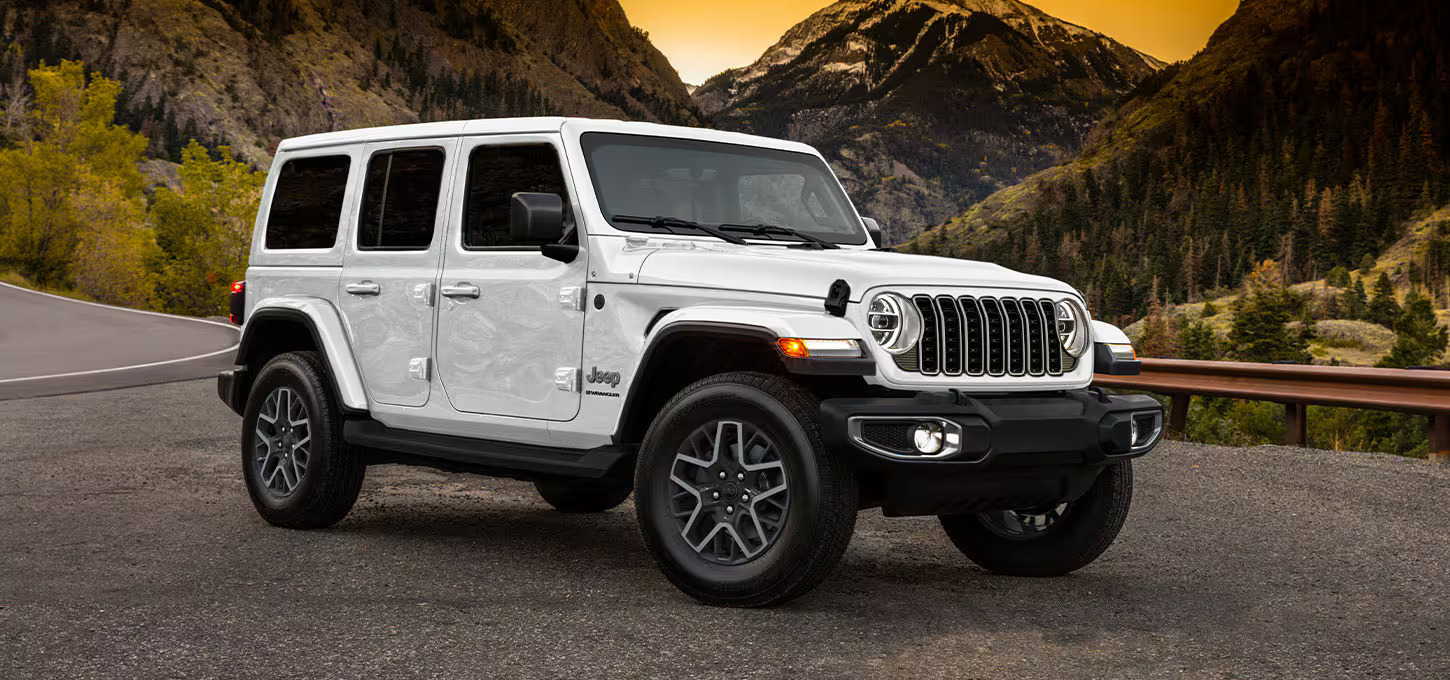
Another key factor is aftermarket culture. States with warm climates tend to have strong off-road communities, and Wranglers are highly customizable—appealing to those who want to personalize their rigs with lift kits, lighting upgrades, and tire packages.
Buyers are often willing to pay more for used Wranglers that have already been outfitted, particularly when these accessories are paired with sun-friendly features like mesh tops or roll-bar-mounted speakers.
Data supports this trend: resale values for Wranglers in southwestern states often outpace national averages by several percentage points.
The vehicle’s rugged charm, convertible versatility, and lifestyle appeal align perfectly with warm-weather living, helping it hold value better than expected in these areas.
4. Mercedes-Benz SL-Class
The Mercedes-Benz SL-Class is a luxury grand touring convertible that performs far better on the used market in warm climates than it does in colder ones.
In states like California, Florida, and Texas, the SL-Class benefits from a climate that allows its retractable hardtop—or in older models, soft-top convertible roof—to be enjoyed year-round. That single factor significantly influences resale strength.
In snowy regions, the SL’s rear-wheel-drive layout, wide tires, and low-slung stance can be liabilities. Buyers in these areas often skip luxury convertibles in favor of all-wheel-drive sedans or SUVs that are more winter-capable.
As a result, SL-Class models can experience accelerated depreciation in cold-weather markets where their features go underutilized.
But in sunbelt states, the SL-Class is viewed through an entirely different lens. It’s not just a car—it’s a status symbol and a leisure machine.
The smooth V6 or V8 engines, supple ride quality, and high-end cabin materials are perfect for warm-weather cruising along palm-lined highways or coastal roads.
Buyers in these regions also tend to care more about design and luxury amenities than winter-driving practicality, which makes the SL’s features more relevant—and valuable.

Furthermore, the SL-Class has long-standing brand prestige. Affluent buyers in states like Arizona and Southern California often look for used SLs as second or third vehicles—weekend cars that combine class with comfort.
A well-maintained SL with low miles and service history will often fetch a strong resale price in these areas, especially in spring and summer months when convertible interest peaks.
While luxury convertibles depreciate in general, the SL-Class defies this trend in sunny climates. Its blend of elegance, performance, and convertible fun resonates more deeply in regions where the sun rarely takes a break—driving up its resale value accordingly.
5. Toyota Tacoma (2WD Variants)
While the Toyota Tacoma as a whole enjoys excellent resale value nationwide, its two-wheel-drive (2WD) variants particularly shine in warm states where snow and ice are not a concern.
In areas like California’s Central Valley, the Gulf Coast, and southern parts of Arizona and New Mexico, these models are in steady demand for their practicality, fuel efficiency, and lower purchase cost compared to their four-wheel-drive counterparts.
In snowbelt states, 2WD pickups—especially midsize ones—struggle on the used market. Buyers often prefer 4WD or AWD for confidence in winter driving conditions, and trucks lacking these systems tend to sit longer on dealer lots or fetch reduced prices.
In contrast, warm states don’t present such seasonal limitations, making 2WD trucks entirely viable year-round.
The Tacoma’s bulletproof reputation for reliability also plays a major role. Buyers in warm regions—many of whom use the truck for light hauling, home improvement work, or outdoor recreation—value a vehicle that requires minimal maintenance and can handle heat-intensive environments.
The 2WD Tacoma, with its simpler drivetrain and fewer components susceptible to mechanical wear, becomes an ideal fit.
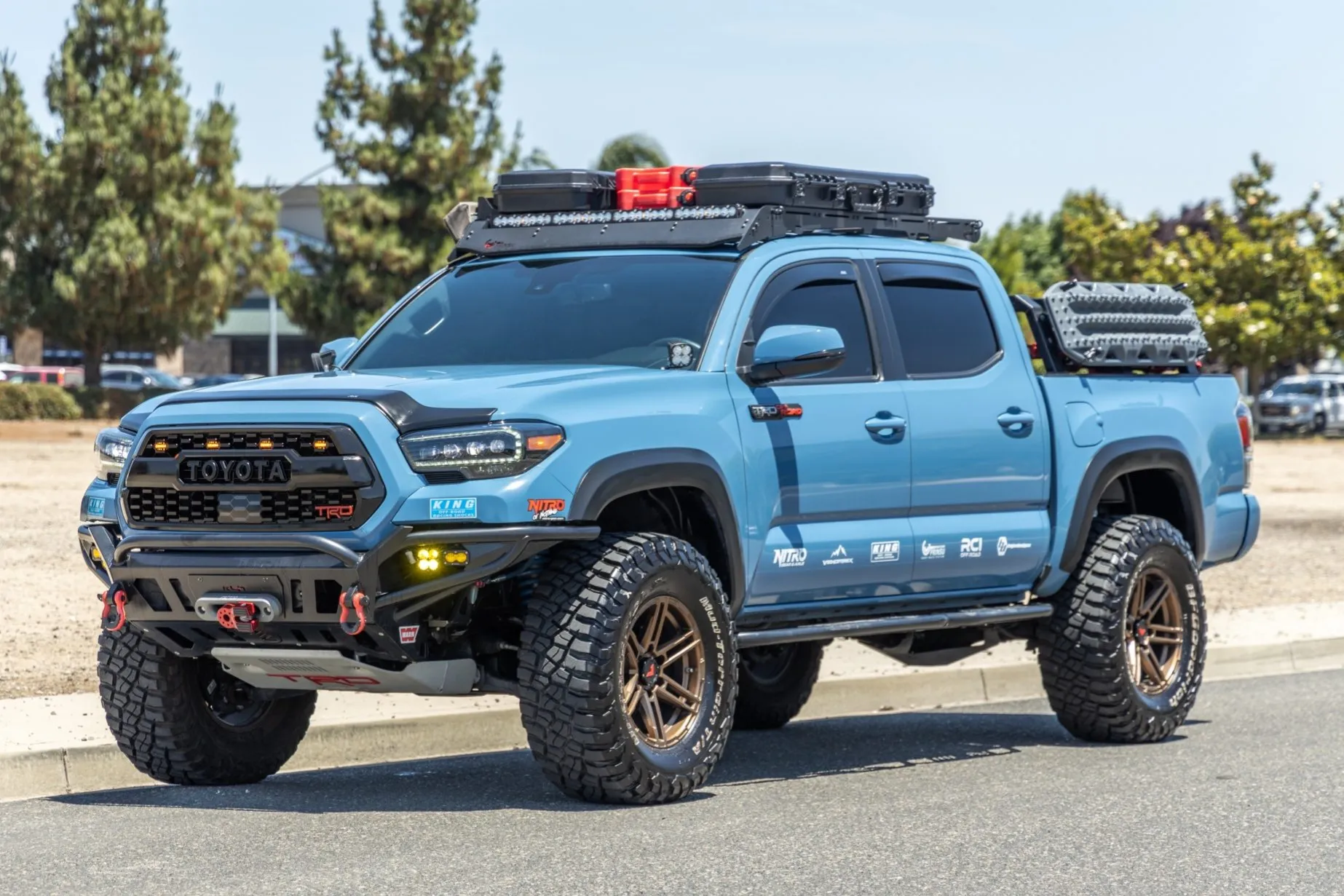
Moreover, fleet and small business buyers in these regions often seek out 2WD Tacomas specifically for work duty.
Landscapers, delivery contractors, and electricians regularly snap up used models, knowing they offer low total cost of ownership. This continuous demand contributes to stronger resale figures in southern climates.
Color also influences demand. In hot states, light-colored Tacomas with basic equipment and cloth seats retain value surprisingly well, because they resist heat better and appeal to cost-conscious buyers who avoid complex features like sunroofs or leather interiors that can trap heat.
In summary, the 2WD Tacoma thrives in warm zones not because it’s flashy or adventurous, but because it’s functional, economical, and right-sized for the job—traits that warm-state buyers are consistently willing to pay for, even on the used market.
5 That Tank In Snow Zones
Cold-weather regions pose unique challenges for vehicles, and not every model is built—or perceived—to handle them well. In the automotive resale market, the phrase “climate compatibility” carries real weight.
Buyers in snowy states like Minnesota, Michigan, and upstate New York have specific expectations: dependable cold starts, solid traction, corrosion resistance, and comfort-enhancing features like heated seats and remote start.
If a vehicle falls short in these areas—or is simply seen as ill-suited for harsh winters—its resale value can drop dramatically in those regions.
Some vehicles that shine in warm or temperate zones simply don’t make the cut in snow-heavy climates.
Whether it’s due to a lack of all-wheel-drive capability, poor rust protection, or body designs that don’t accommodate winter gear and snow-covered roads, these models become liabilities in icy conditions. That dip in functional value leads to reduced market demand and soft resale pricing.
It’s not always about mechanical performance, either. Perception plays a big role. A low-slung coupe, a sporty convertible, or a luxury sedan with large rims and summer tires may perform adequately in light snow—but if buyers assume it won’t, resale value suffers. Similarly, any vehicle known for unreliability in harsh conditions will struggle in these areas.
In this next section, we’ll highlight five vehicles whose resale values take a hit specifically in snow zones. These models may have niche appeal or strong resale in other parts of the country, but their value drops sharply when the thermometer plummets.
Whether due to practicality, drivetrain configuration, or long-term durability under road salt, these cars tend to tank when the flakes start falling.
Understanding why these vehicles underperform in snow states isn’t just about regional preferences—it’s about learning how climate reshapes the used car market in very real, dollars-and-cents ways.
1. Chevrolet Camaro
The Chevrolet Camaro, a staple of American muscle car culture, turns heads with its aggressive styling and powerful engine options.
But while it enjoys decent resale in southern and coastal states where roads are dry and the sun is constant, it performs poorly in regions with consistent snowfall.
In northern markets like Michigan, Colorado, or Maine, resale value for Camaros—particularly the rear-wheel-drive V6 and V8 trims—tends to drop sharply.
One of the core reasons is drivability. The Camaro’s rear-wheel-drive configuration, wide tires, and firm suspension tuning are ideal for summer cruising and track days—but are poorly suited for snowy, icy roads.
Even with winter tires, its traction and stability leave much to be desired. Buyers in snowbelt states lean heavily toward AWD or at least front-wheel drive, which the Camaro doesn’t offer.
Ground clearance is another issue. The Camaro’s low ride height causes its front fascia and undercarriage to scrape against snow buildup or ice chunks, making it impractical for daily driving in winter conditions. Sports cars simply aren’t designed to navigate poorly plowed suburban roads.

Visibility and comfort also take a hit. The small windows and high beltline impair outward vision—already a known drawback—while cold-weather convenience features like heated mirrors, heated steering wheels, or AWD are missing from many trims. These omissions matter to snow-state buyers.
On top of that, snow and road salt are harsh on sports cars with large rims and detailed bodywork. Buyers looking for long-term durability and daily winter reliability rarely shortlist a Camaro.
Consequently, dealers in northern states often discount used Camaros significantly compared to their southern counterparts, especially during the winter months.
While it may be a showstopper in Texas or Florida, the Camaro finds little traction—literally and figuratively—when the roads turn white.
2. Ford Mustang
The Ford Mustang is another iconic American muscle car that sees a notable drop in resale value in snowy states compared to warmer climates.
While the Mustang is adored for its powerful engine options and bold styling, its appeal in snow-heavy regions is limited by several key factors that affect both usability and desirability.
Like the Camaro, the Mustang is predominantly rear-wheel drive, which is less favorable in winter conditions where traction and control on icy roads are critical.
Many snow-zone buyers gravitate toward all-wheel-drive or front-wheel-drive vehicles that provide more stability and confidence behind the wheel.
The Mustang’s handling characteristics, optimized for dry pavement and sporty driving, become liabilities when navigating snowy, slick surfaces.
The low ground clearance is another major disadvantage. Snow accumulation and uneven road surfaces can cause the Mustang’s front splitter and underbody components to scrape or sustain damage. This makes it less practical for daily driving in winter conditions, especially in rural or suburban areas where snow removal can be inconsistent.
Moreover, Mustangs tend to come equipped with large diameter wheels and performance tires designed for grip in warm weather. These tire setups are not ideal for snowy or icy surfaces, which compounds the handling and safety challenges.
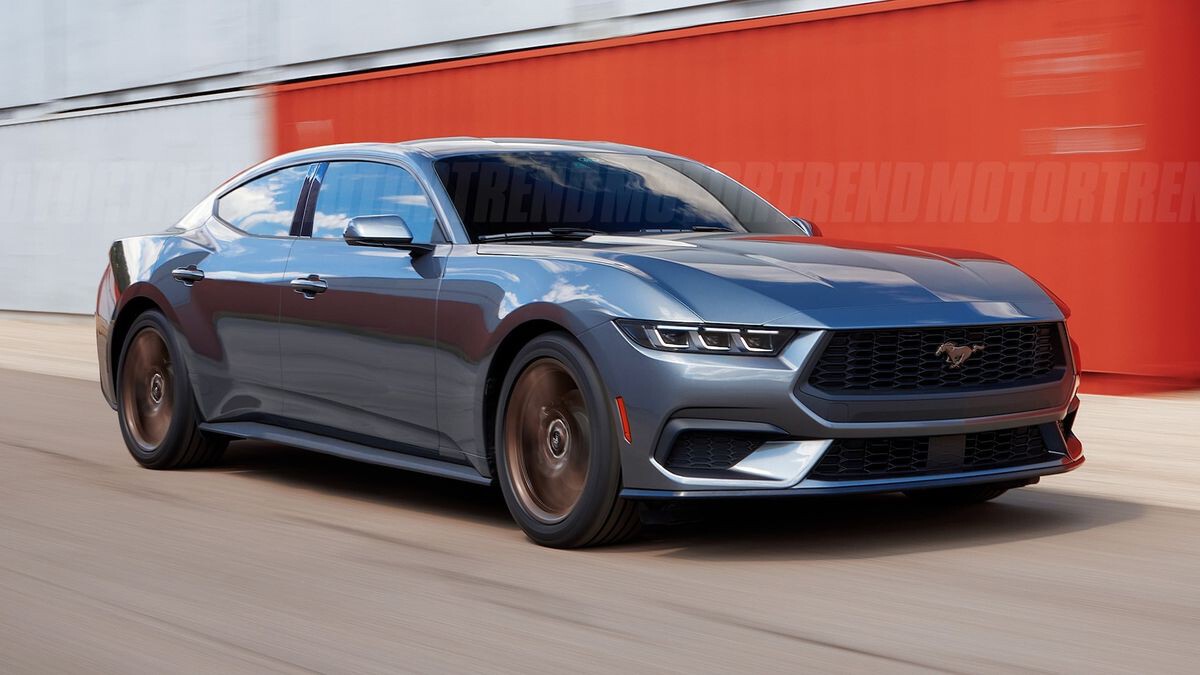
Heating features such as heated seats or steering wheels, while sometimes available, do not fully compensate for the Mustang’s fundamental limitations in cold climates.
Consequently, buyers in northern snow zones often shy away from purchasing used Mustangs or expect a steep discount due to the practical challenges posed by winter driving. As a result, Mustangs tend to tank in resale value in snowy areas despite strong demand elsewhere.
3. Volkswagen Golf GTI (Lower Trims)
The Volkswagen Golf GTI, especially in its lower trims, is a popular sporty hatchback that performs admirably in many regions but struggles to maintain resale value in snow-heavy states.
While the GTI offers a fun driving experience with sharp handling and a turbocharged engine, its front-wheel-drive layout alone isn’t always enough to inspire confidence among buyers in harsh winter climates.
In snow zones like Vermont or upstate New York, drivers often seek all-wheel-drive (AWD) systems for added traction and control on slippery roads. The GTI’s absence of AWD, coupled with relatively low ground clearance, limits its appeal for those who face heavy snow and ice regularly.
Additionally, the GTI’s sporty tires and suspension tuning prioritize performance on dry or wet roads, which can make winter driving more challenging if winter tires aren’t installed.
Buyers in snowy areas frequently prefer vehicles designed from the ground up for winter conditions, such as AWD crossovers or SUVs, over sporty hatchbacks without these features.
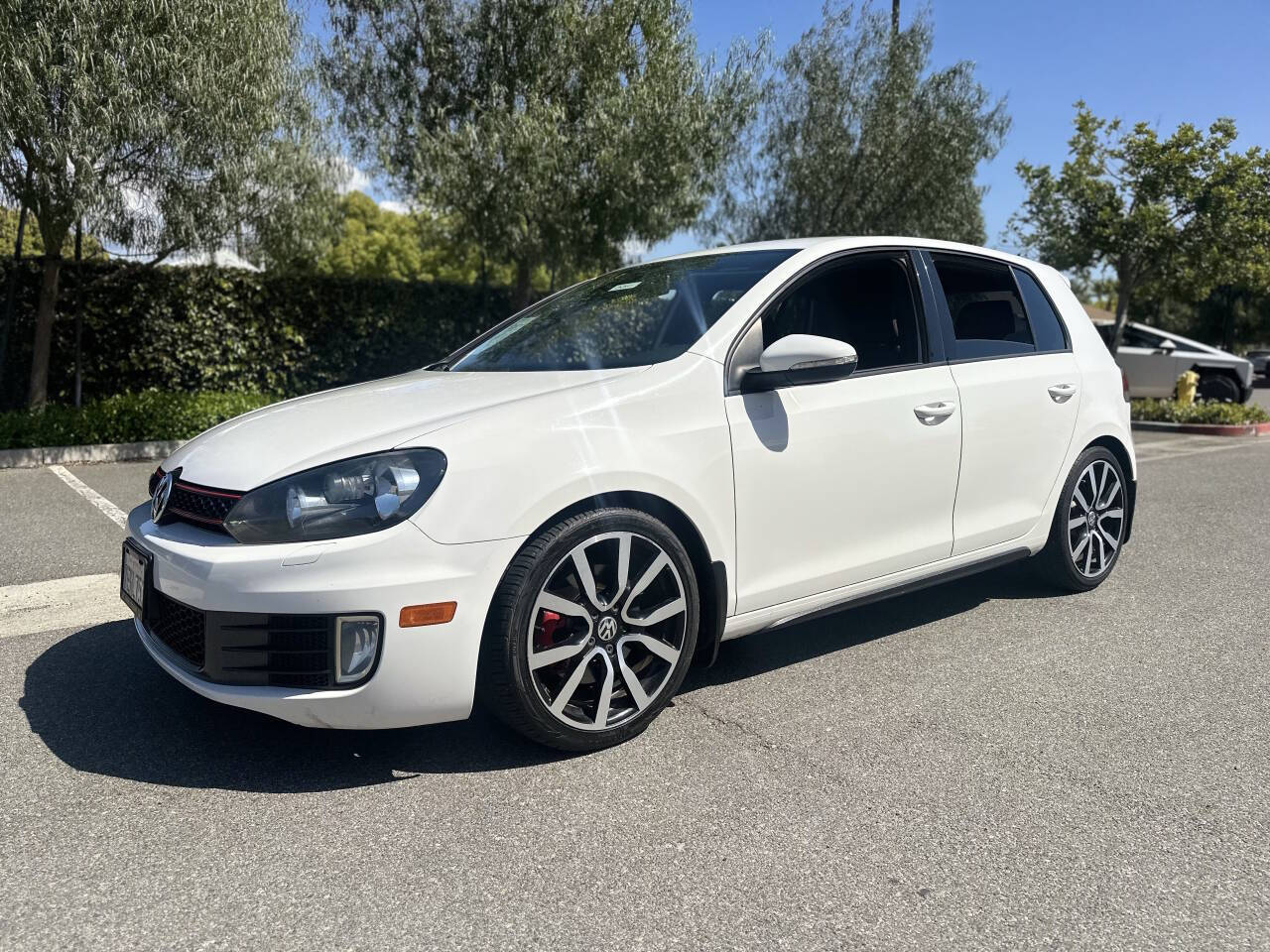
Rust and road salt are also concerns. While Volkswagen has improved corrosion resistance over the years, harsh winter climates with heavy salting can accelerate wear, impacting the car’s long-term durability and, consequently, resale value.
Practical factors also play a role. The Golf GTI’s limited cargo space and tight rear seating can deter buyers who need a more versatile vehicle to handle winter gear, snow boots, and other necessities.
All these reasons contribute to the Golf GTI’s reduced resale prices in snow zones compared to milder climates where sporty, compact cars are more sought after. Despite its overall popularity and performance, the GTI tends to tank in resale value where winter conditions dominate the driving landscape.
4. Tesla Model 3 (Standard Rear-Wheel Drive)
The Tesla Model 3 Standard Rear-Wheel Drive (RWD) variant is an electric vehicle that has revolutionized the EV market, but it faces challenges in snow-prone regions that impact its resale value.
While the Model 3 performs impressively in many conditions, the rear-wheel-drive configuration of the base model is less than ideal for harsh winter environments where traction is paramount.
In snowy states, buyers often prioritize all-wheel drive for enhanced grip and stability. The Model 3 RWD’s lack of AWD makes it less desirable for drivers frequently dealing with icy roads, snow accumulation, and unpredictable winter weather.
While the car’s low center of gravity from its battery placement helps with stability, rear-wheel drive without AWD leaves it more vulnerable to slipping and loss of control on slick surfaces.
Additionally, the Model 3’s low ground clearance can pose issues in areas with significant snowfall, where higher clearance helps prevent the vehicle from becoming stuck or scraping on snowbanks. Many winter drivers prefer SUVs or crossovers with better clearance to navigate snow-covered roads and unplowed areas.
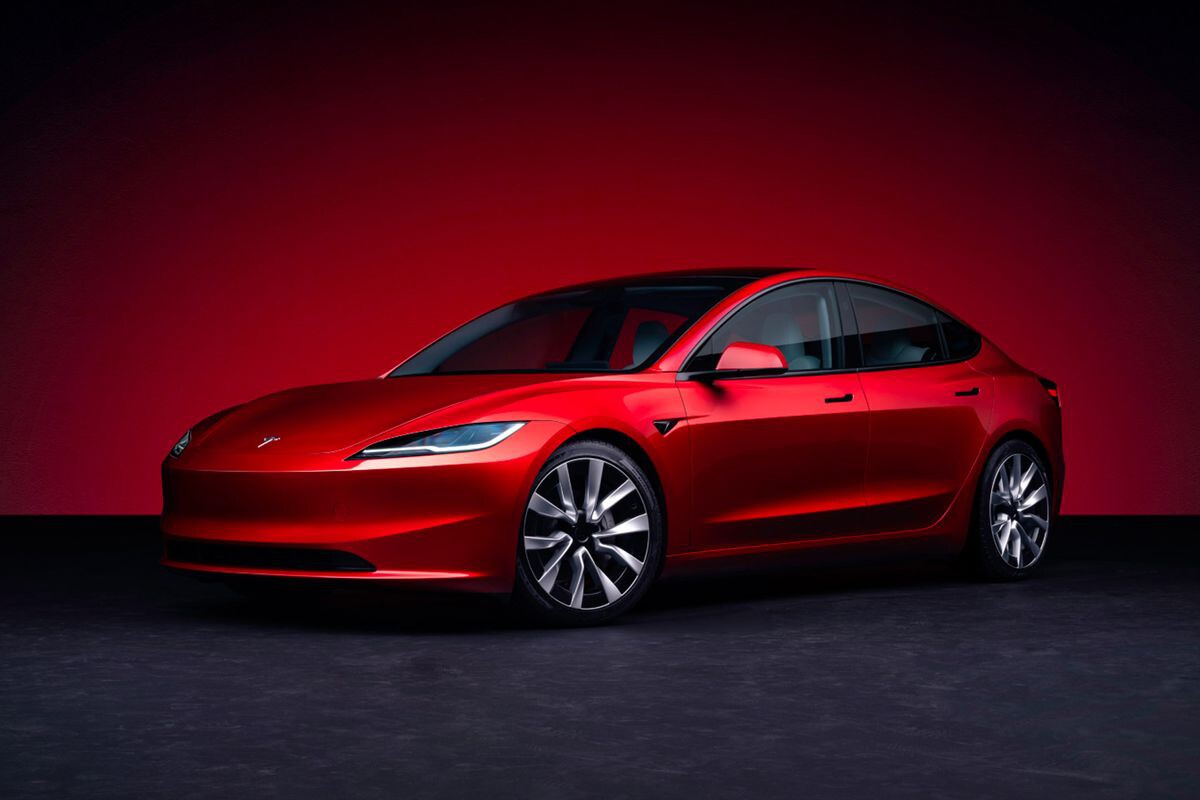
The battery and electronics systems are generally well-protected against cold, but extended periods of extreme cold can reduce battery efficiency and range, concerns that can affect buyer interest in cold climates.
While Tesla’s heated seats and defrosters offer some winter comfort, the absence of AWD on the base Model 3 makes it less practical for buyers in northern states. This practical limitation leads to lower demand and diminished resale prices compared to AWD versions or other EVs better suited for winter.
Consequently, in snow-heavy regions, the standard RWD Model 3 often sells at a discount relative to its AWD counterparts and faces more competition from vehicles with better winter traction, which drags down its resale value.
5. Subaru BRZ / Toyota GR86 (Base and Rear-Wheel Drive Versions)
The Subaru BRZ and Toyota GR86 twins are praised for their engaging driving dynamics and affordable sports car appeal.
However, despite Subaru’s reputation for all-wheel drive in many of its models, the BRZ—and its sibling the GR86—are rear-wheel-drive only, which significantly impacts their resale value in snowy states.
In regions with frequent snowfall and icy roads, buyers tend to favor all-wheel-drive vehicles for their superior traction and safety.
Rear-wheel drive, especially in a lightweight, low-clearance sports coupe like the BRZ/GR86, is less practical and can be seen as risky for daily winter driving.
Even with winter tires, these cars can struggle to maintain grip in challenging conditions, deterring potential buyers in northern markets.
Additionally, the BRZ/GR86’s ground clearance is low, making them susceptible to snow buildup and undercarriage damage when driving through deeper snow or poorly cleared roads.
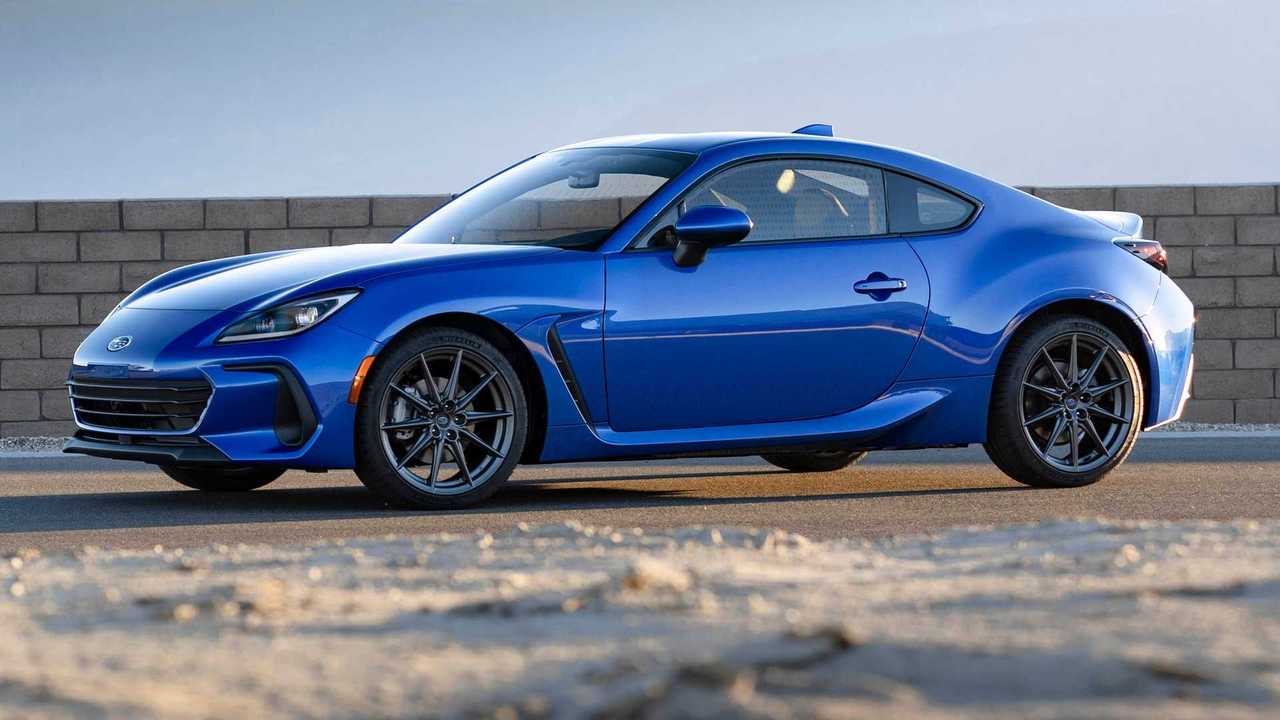
Their focus on sportiness and agility leaves little room for winter-focused features, which decreases their year-round usability in cold climates.
While their sporty handling and enthusiastic driving experience make them favorites in warmer states and among enthusiasts, in snowy areas, they tend to be more of a seasonal or secondary vehicle rather than a daily driver. This limits demand and reduces resale prices in regions where winter weather dominates.
Thus, the BRZ and GR86 consistently tank in resale value in snow-heavy states, contrasting sharply with Subaru’s AWD vehicles, which tend to hold value well.
Resale value is a critical consideration for vehicle buyers and owners, and it is heavily influenced by environmental factors such as climate and geography.
As we’ve explored, models that thrive in warm states often struggle in snowy, harsh winter conditions, which directly impacts their desirability and market value in different regions.
Vehicles that hold their value well in warm climates tend to be those designed with features that complement mild weather—such as rear-wheel drive, low ground clearance, convertible options, and performance-tuned suspensions.
These characteristics appeal to buyers who prioritize style, driving enjoyment, and year-round accessibility without the complications of winter weather. Their durability is often enhanced by the absence of corrosive road salt and extreme cold, further preserving their resale value.
Conversely, the models that tank in snow zones usually share traits that make them less practical in winter: rear-wheel-drive setups without all-wheel-drive alternatives, low ride heights, performance tires ill-suited for snow, and limited winter comfort features.
Snow, ice, and road salt impose operational challenges and accelerate wear, which diminishes demand and drives resale prices down in cold-weather markets.
Buyers in snowy regions tend to favor vehicles offering AWD, higher clearance, robust heating options, and durable finishes to withstand harsh winters.
This clear divide in resale value based on climate highlights how crucial it is for buyers to consider their local environment when choosing a vehicle.
A model that may be a fantastic investment in a warm state could turn into a depreciation liability if relocated or resold in a snowy area, and vice versa.
Ultimately, understanding these dynamics enables smarter purchasing decisions, helping consumers select vehicles that maintain value over time while fitting their daily driving needs and regional conditions.
Whether you live in sunny Arizona or snowy Vermont, tailoring your choice to your climate is key to preserving your vehicle’s worth.
Also Read: 5 Cars That Are Great for Uber Drivers and 5 That Kill Your Earnings

